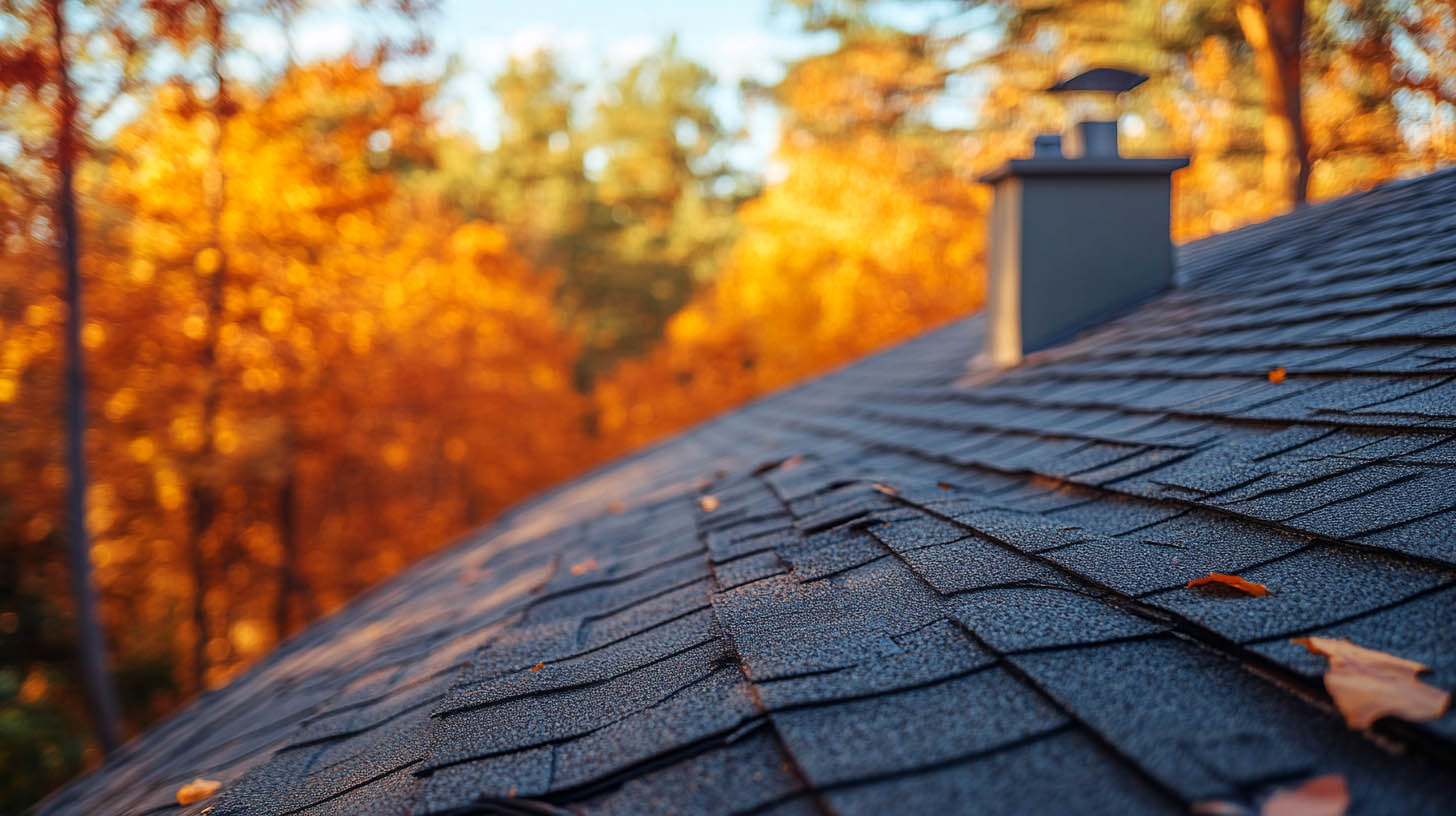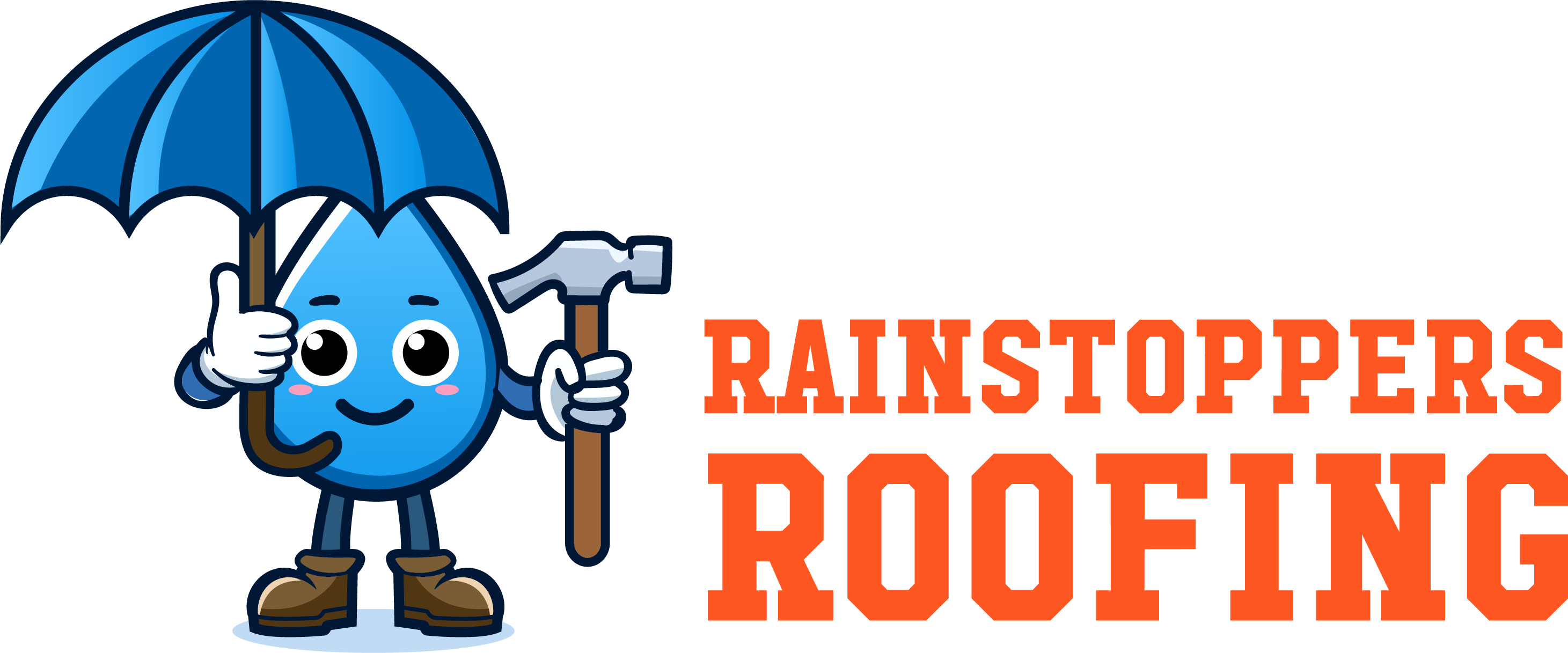
Roof leaks can cause significant damage to your home if left undetected, leading to costly repairs and potential health hazards from mold and mildew. Knowing how to identify a leak early can save you from these issues. Rainstoppers Roofing in Charleston, WV, provides expert advice on how to spot the telltale signs of a roof leak and take immediate action to prevent further damage.
1. Discolored Ceiling or Walls
One of the clearest indicators of a roof leak is the appearance of water stains on your walls or ceiling. These marks usually manifest as yellow or brown patches that often spread in circular shapes. The staining is caused by water infiltrating through the roof and soaking into the drywall, signaling ongoing water damage in the area above.
Fact: Water stains from roof leaks can take days, weeks, or even months to appear after the initial leak, making regular roof inspections crucial for early detection.
2. Mold and Mildew Growth
The presence of mold or mildew is another indicator of a roof leak, especially if you notice black or green patches on your ceilings or walls near the roofline. Mold thrives in damp environments, so if there’s a leak in your roof, it can create the perfect conditions for mold growth. Musty odors in your attic or home are also signs that mold may be present.
To prevent mold from spreading, address leaks as soon as they’re detected and consult with a professional roofer for repairs.
3. Sagging Ceiling
A sagging ceiling is a more serious sign of water damage. This occurs when water collects in one spot and compromises the structural integrity of your ceiling. If you notice sagging areas, it’s essential to act quickly to prevent further damage and potential ceiling collapse. Sagging ceilings often indicate extensive water accumulation and should be inspected by a roofing professional immediately.
4. Damaged or Missing Shingles
Examine your roof for damaged or missing shingles, as these are common sources of leaks. Shingles protect your home from the elements, and when they are cracked, curled, or missing, they allow water to seep into the roofing structure. Check after storms or heavy winds for any visible damage, and consider using temporary roof tarping to prevent further water intrusion until repairs can be made.
5. Excess Moisture in the Attic
Your attic is one of the first places to show signs of a roof leak. Check for damp rafters, water stains, or mold growth on the attic floor or insulation. If you notice any of these signs, it’s important to have a professional assess the extent of the damage and locate the source of the leak.
Excess moisture in the attic can also lead to rot and deterioration of the wooden framework, which can weaken the overall structure of your home.
6. Increased Energy Consumption
Unexpected increases in energy bills could be a sign of a roof leak. Leaks compromise the insulation in your attic, making your heating and cooling systems work harder to maintain a comfortable temperature. Monitor your energy usage, and if you notice a sudden spike, it may be time to check your roof for signs of damage.
Average Costs for Roof Leak Repairs
- Roof Inspection: $150 to $300, depending on roof size and complexity.
- Shingle Replacement: $200 to $500 for shingle replacement, based on the type and extent of damage.
- Roof Tarping: Temporary roof tarping typically costs between $100 and $300, depending on the size of the roof.
- Mold Remediation: Mold removal can cost anywhere from $500 to $3,000, depending on the severity of the infestation.
Conclusion
Identifying roof leaks early can prevent major structural damage and save you money in the long run. If you notice any of these signs, contact Rainstoppers Roofing for a professional inspection and repair service. By addressing leaks promptly, you can protect your home and avoid more extensive repairs down the line.
FAQs
- What causes roof leaks?
Roof leaks are often caused by damaged shingles, poor flashing, clogged gutters, or deteriorated seals around vents and chimneys. - How can I prevent roof leaks?
Regular roof inspections and maintenance can help prevent leaks by identifying and fixing minor issues before they become major problems. - Can roof leaks cause mold?
Yes, moisture from a roof leak can create the perfect conditions for mold growth, which can lead to health issues and additional damage to your home. - Should I repair or replace my roof if it’s leaking?
Depending on the severity of the damage, you may need to repair the affected area or replace the entire roof. A professional roofer can assess the situation and recommend the best course of action. - Is roof leak repair covered by insurance?
In many cases, roof repairs are covered by homeowners’ insurance if the damage is caused by a storm or other covered event. Check with your insurance provider for details.
To understand the different types of asphalt shingles, click here.
